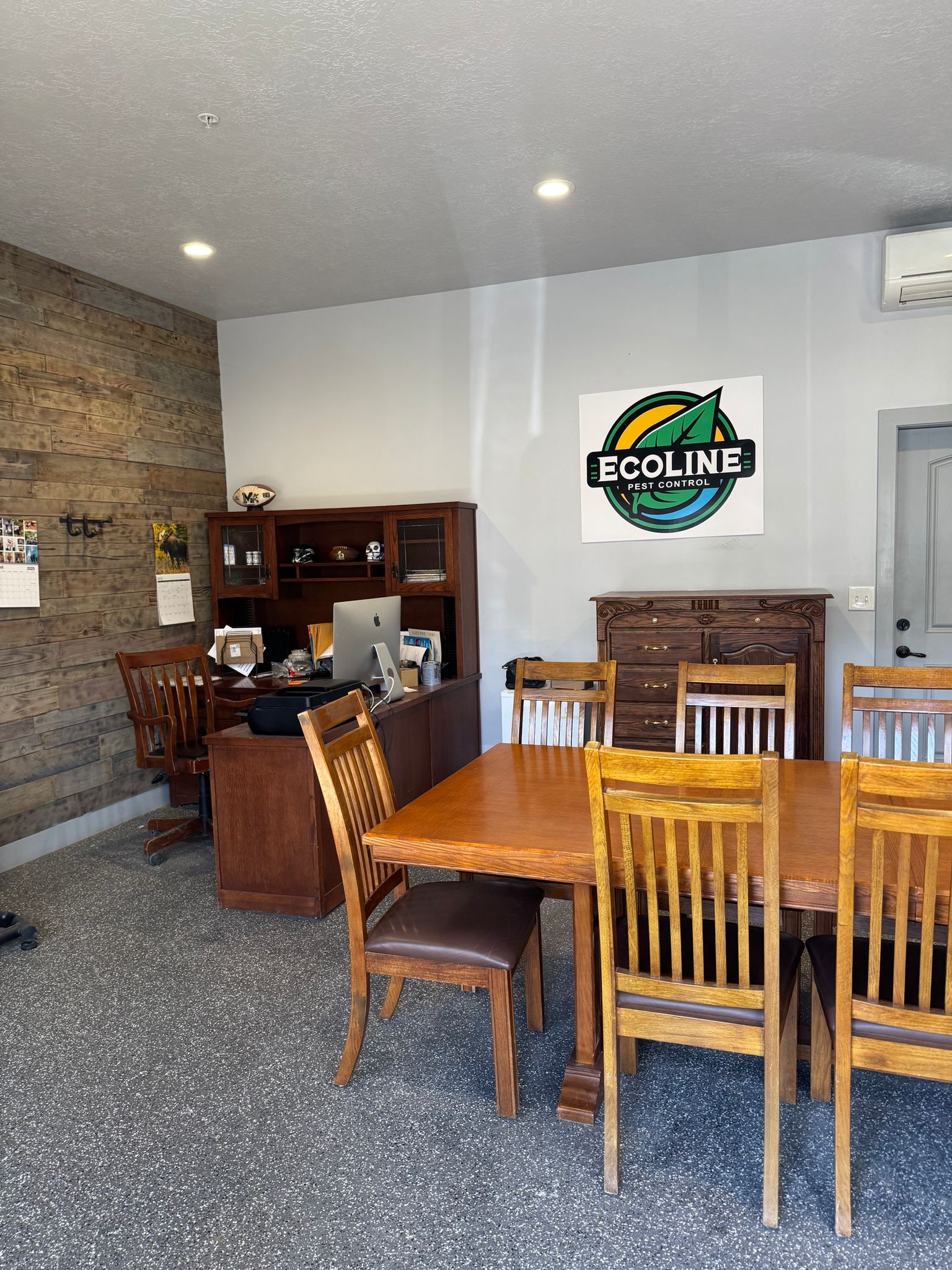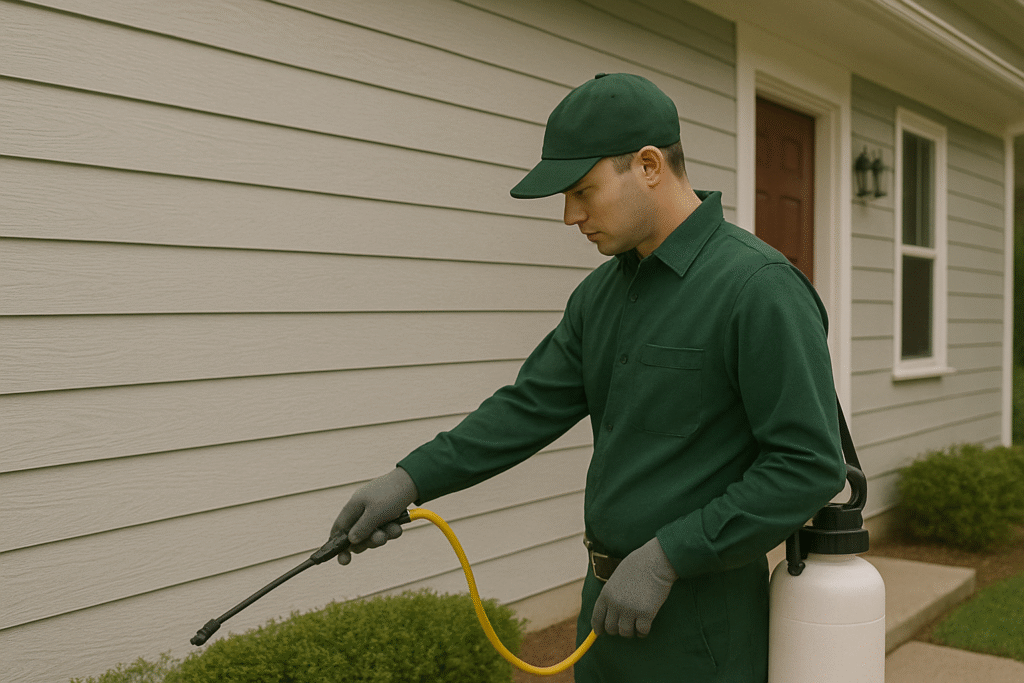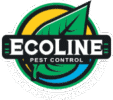The Connection Between Clutter and Pest Infestations

Clutter is often viewed as an inconvenience or a sign of disorganization, but its impact reaches far beyond appearance. Piles of paper, boxes, clothing, or unused items provide the perfect hiding spots for pests. Whether it is cockroaches in cardboard, rodents in storage bins, or ants in pantries, clutter increases the risk of a pest infestation and makes it much harder to eliminate once pests are established.
For homeowners, understanding the connection between clutter and pest problems is essential. A clean, organized home does not guarantee complete protection, but it does significantly reduce the chances of an infestation. Pairing clutter control with a structured pest management strategy ensures both prevention and long-term peace of mind.

Why Clutter Attracts Pests
Pests thrive in environments that provide three essential resources: food, water, and shelter. While clutter does not always provide food or water directly, it contributes to the third element, which is shelter. When pests find safe hiding spots, they multiply faster and avoid detection.
- Hiding places: Rodents and cockroaches use clutter as cover to move undetected throughout a home.
- Breeding grounds: Stacked boxes, clothing piles, and unused storage areas create warm and undisturbed environments where pests reproduce.
- Food sources: Papers, cardboard, and fabric can be chewed or used for nesting, while crumbs hidden under clutter add to their appeal.
- Difficulty of treatment: When clutter is widespread, treatments are less effective since pests can escape or rebuild colonies in hidden spaces.
These factors explain why clutter is a major contributor to infestations and why professionals often recommend reducing it as part of a pest management plan.
Common Pests Linked to Clutter
Not all pests depend on clutter, but several species are directly associated with environments that lack organization. For homeowners, being aware of which pests are most likely to thrive in cluttered spaces can make prevention efforts more targeted.
- Rodents: Mice and rats hide in basements, garages, and attics filled with boxes, using clutter for nesting and chewing materials.
- Cockroaches: These pests use clutter as shelter, particularly in areas where food particles may also be present.
- Ants: While ants do not rely on clutter alone, cluttered environments often mask food crumbs and spills that attract colonies.
- Spiders: They often take advantage of cluttered corners and undisturbed areas to spin webs and feed on other pests.
Because clutter encourages multiple pest species, eliminating it is one of the most effective ways to lower the overall risk of infestation.
How Clutter Complicates Pest Control
Clutter does more than attract pests. It also makes pest control efforts far more complicated and less effective. Even professional treatments can be limited in environments where clutter is extensive.
- Limited access: Piles of stored items block pest control professionals from reaching critical areas like baseboards, corners, and crawl spaces.
- Prolonged infestations: Hidden pests may survive treatments and repopulate once conditions stabilize.
- Wasted resources: Treatments applied in cluttered areas often fail to reach hidden colonies, requiring repeated applications.
- Health hazards: Clutter accumulates dust, allergens, and droppings that exacerbate respiratory problems when pests are present.
The longer an infestation continues, the more property value can be impacted. In fact, the impact of pests on property value is one reason why prevention through clutter management is essential for homeowners.
Preventing Pest Infestations by Managing Clutter
While clutter alone is not the sole cause of a pest infestation, managing it creates an environment that is far less welcoming to pests. Homeowners can reduce risks significantly with a few consistent practices.
- Regular decluttering: Schedule monthly clean-ups of basements, attics, and garages to reduce storage buildup.
- Organized storage: Use sealed plastic bins instead of cardboard boxes, which pests can chew through and nest in.
- Clean eating areas: Avoid leaving food or dishes in cluttered spaces such as home offices or bedrooms.
- Rotate and inspect: Regularly go through stored items to ensure pests have not made nests inside.
- Professional support: Partner with experts who can advise on clutter-prone areas and integrate preventive treatments.
These actions do not replace professional pest control but work alongside it to strengthen protection and reduce infestation risks.
Why Professional Help Matters
While reducing clutter is a crucial first step, it is not enough on its own. Once pests establish themselves, they often require professional treatment for complete removal. DIY attempts may temporarily reduce visible pests, but hidden colonies will persist, especially in cluttered environments.
Professional pest control technicians bring expertise, safe treatments, and strategies tailored to the severity of the problem. They also recognize that clutter is only one piece of the puzzle. Structural vulnerabilities, moisture issues, and food availability all contribute to infestations. The reasons to hire pest control professionals go beyond effectiveness; they ensure safety, long-term results, and peace of mind.
Clear the Clutter, Clear the Pests
Clutter not only creates disorder but also increases the likelihood and severity of a pest infestation. By addressing clutter consistently and combining these efforts with a structured pest management program, homeowners can create healthier and safer living environments. For complete protection and long-lasting results, contact Ecoline Pest Control today.


